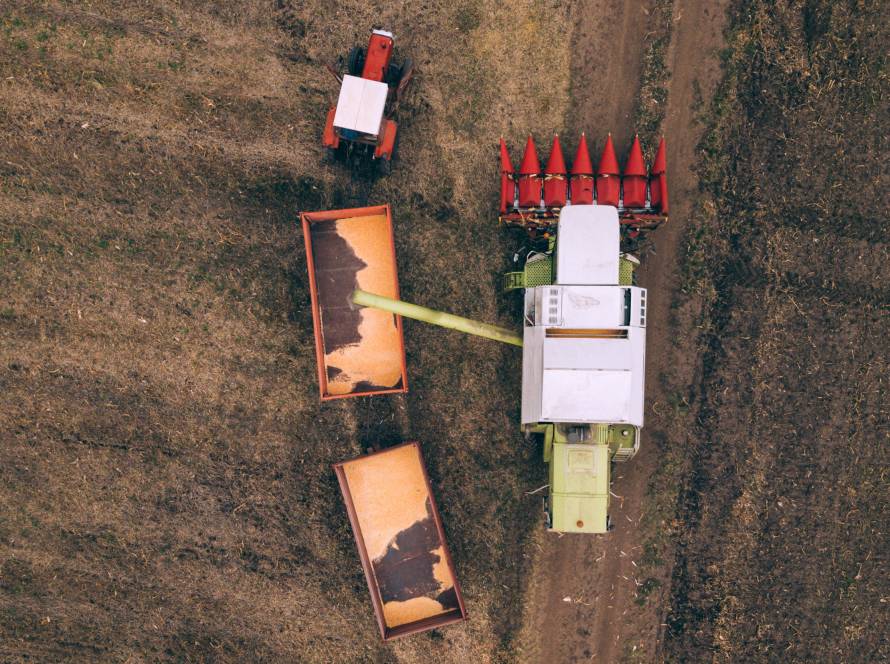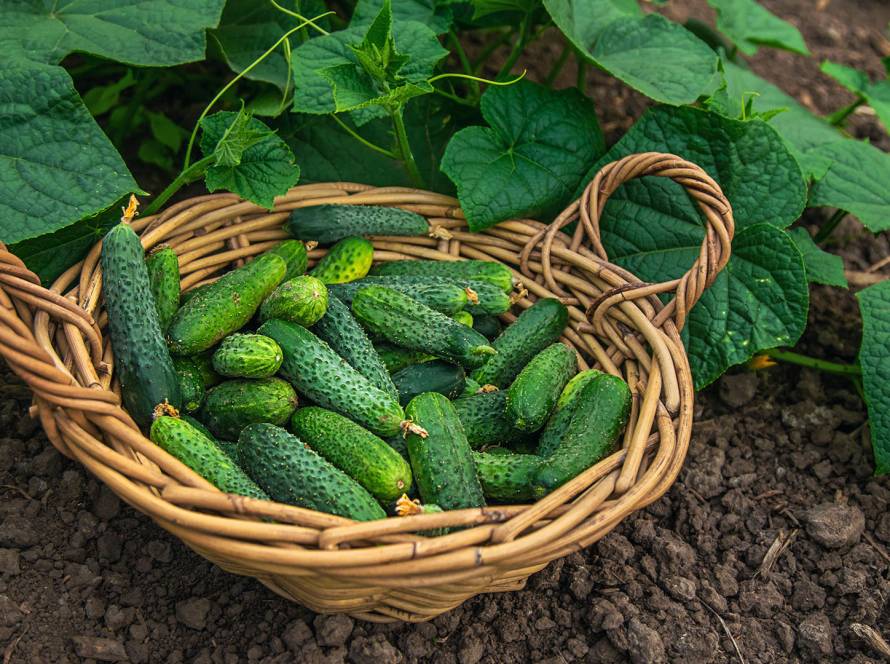Pickles have been a staple on our tables for centuries, serving as one of the most natural preservation methods. However, this traditional flavor is now being redefined through science. Food R&D (Research and Development) laboratories are no longer focused solely on extending shelf life or reducing production costs; they are working toward a more holistic approach that prioritizes nutritional value, sustainability, and palate satisfaction.
So, how are next-generation R&D labs approaching pickles?
Tinkering with the Code of Fermentation
Fermentation is the soul of pickling. But this process is no longer left to chance. In R&D labs:
- Microbial analyses identify which bacteria yield the best flavor, color, and durability.
- Controlled fermentation conditions allow for reduced salt content, creating products suitable for a wider audience.
- Probiotic-enhanced pickles are developed to produce functional foods that support the immune system.
In short, pickles are being redefined not just for their tangy taste but also for their inclusivity and accessibility.
New Ingredients, New Flavor Maps
A trend is emerging that goes beyond traditional cucumbers, cabbage, or peppers. R&D teams are:
- Incorporating unconventional ingredients like beets, capers, or corn into the pickling culture.
- Conducting flavor analyses to explore how heirloom and local seeds can be utilized in pickle form.
- Using cold fermentation techniques to preserve the vibrant color and freshness of seasonally harvested produce.
These efforts are bringing forth entirely new products that prioritize not only taste but also visual appeal.
From Packaging to Shelf Life: Rewriting the Consumer Experience
R&D is no longer just about the product itself but also about the packaging and presentation experience:
- Smart labels enable tracking of the fermentation process or freshness status.
- Sustainable jar materials are used to reduce carbon footprints.
- Natural ingredients, such as garlic oil or bay leaf-based preservatives, are optimized to extend shelf life.
These approaches meet the expectations of conscious consumers while fostering market differentiation.
Consumer Testing and Data-Driven Flavor Development
Sensory analysis is at the forefront of next-generation R&D processes. In addition to traditional tasting panels:
- AI-supported analysis systems calculate the ideal acidity, crunch, and aroma intensity based on consumer preferences.
- Sensory evaluation protocols enable the development of pickle varieties tailored to regional tastes.
- Cultural flavor adaptations are tested for export markets (e.g., slightly sweet variations for Asian markets or tangier ones for Europe).
Global Vision, Local Value: The Social Dimension of R&D
Next-generation pickling R&D is not just product-focused; it also emphasizes social responsibility and sustainable agriculture:
- Contract farming models with local producers strengthen the practical application of R&D in the field.
- Food waste reduction is achieved by fermenting products that are at risk of spoilage.
- Training and experimental gardens educate farmers on growing low-salt or specialty pickling crops.
From Tradition to the Future: Pickles Advancing with Science
Pickles are no longer just a side dish; they are part of functional foods, sustainable production, and consumer-connected experiences. Food R&D laboratories are carrying this ancient flavor into the future: toward a healthier, more diverse, and more conscious table.





